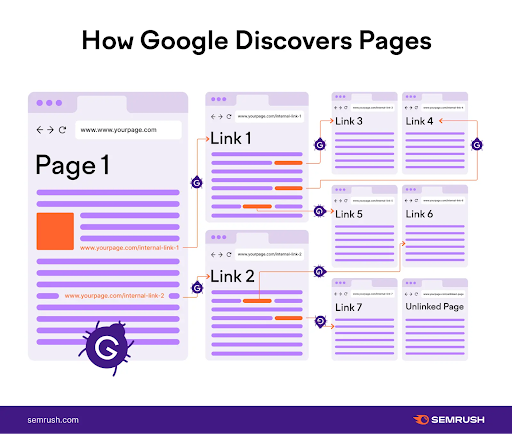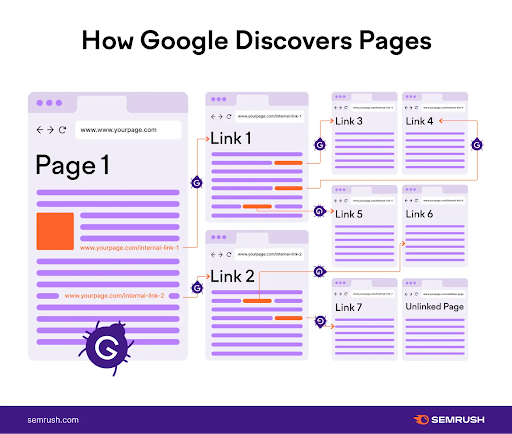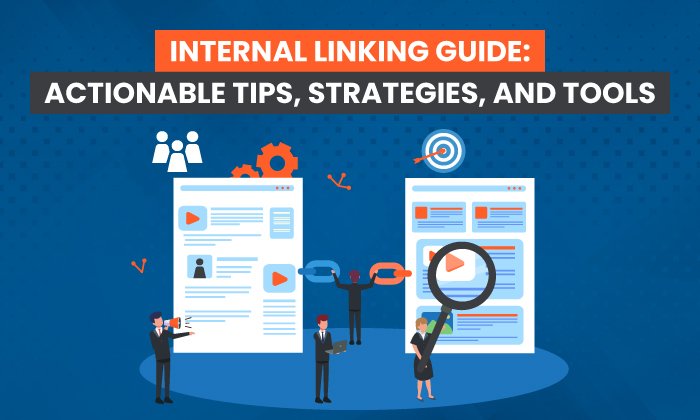Internal Links in SEO: Why They Matter, and How to Implement Them

By Nick Nelson
No piece of content on your website should exist on its own, in isolation. Successful SEO content strategies are built on the foundation of a content ecosystem: an interconnected network of assets that function holistically to engage audiences, earn search rankings and achieve business goals.
Internal linking is the connective tissue that contextualizes relationships between all of your website’s content. These connections help search engines and visitors understand how the various pages and topics come together to represent your brand’s focus and expertise.
Strategic use of internal links can create progressive user flows through your site, enabling customers to guide themselves deeper into the funnel. Internal linking is also critically important for SEO success. Yet this consideration often tends to be overlooked or set aside as a secondary priority.
Here’s why you shouldn’t wait on implementing a proactive system for internal linking as part of your organization’s link building strategy.
Why internal links matter for SEO
They help search engines understand your content ecosystem and its structure.
Think of web crawlers as actual spiders, exploring the intricate spiderweb that is your site and trying to map out its entirety. Proper internal links serve as threads that help the spider easily travel from one place to the next sequentially. When there are no threads to follow, or the threads are broken or go in random directions, the spider gets confused.
Importantly, effective internal linking helps your website distribute link equity and PageRank authority, helping new pages benefit from the established credibility of others.
(Source)
They create natural next steps for visitors.
When a visitor arrives at your website, one of the main goals is to keep them around with engaging content. Internal linking does this naturally by making it easy for users to find related pages and additional information. This also means they can answer all of their questions about a topic without ever needing to leave your site and, say, visit a competitor’s.
There are many logical pathways you can create through internal linking; for example, linking from a “what is X” post to a “benefits of X” or “how to do X” post, and then linking from there to a service page showing how your brand does X.
Learn about more SEO strategies for lead gen
They demonstrate your breadth of topical coverage.
Search engines and generative engines alike reward domains that demonstrate well-rounded topical authority. This is meant to mimic the way humans assign credibility — we trust people who know what they’re talking about, and have a track record to back it up.
Organizing your content into <a target="_blank" rel="nofollow" href="https://www.toprankmarketing.com/blog/topical-mapping-for-seo/" …read more
Source:: Top Rank Blog








